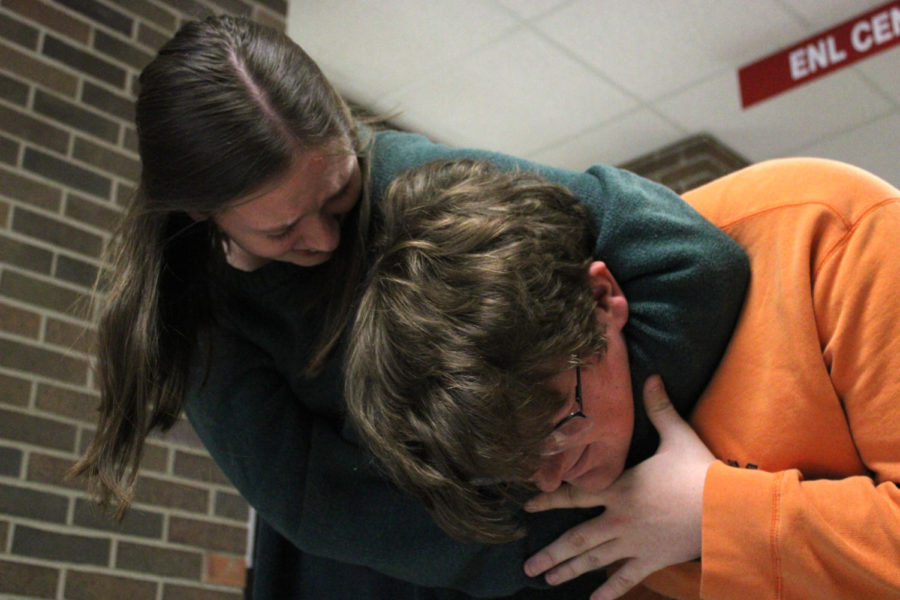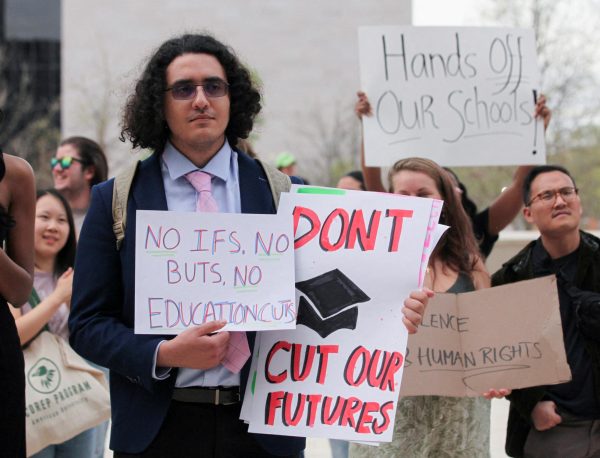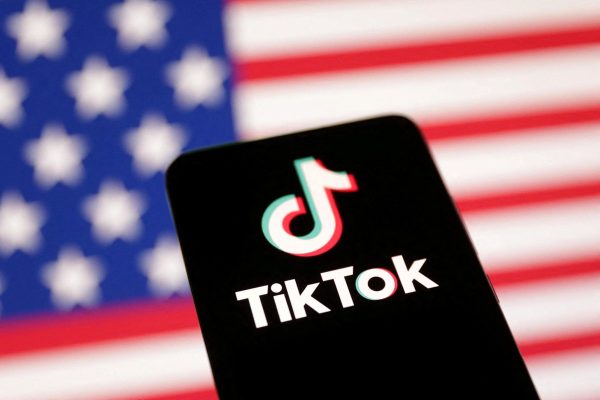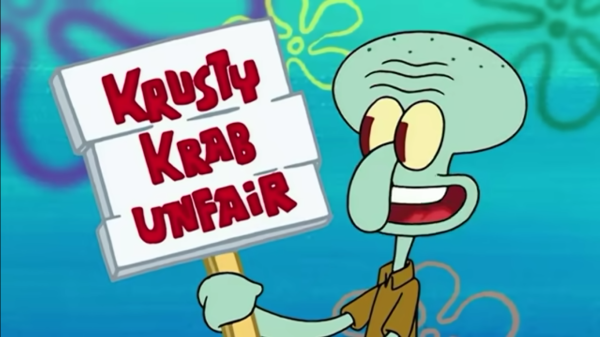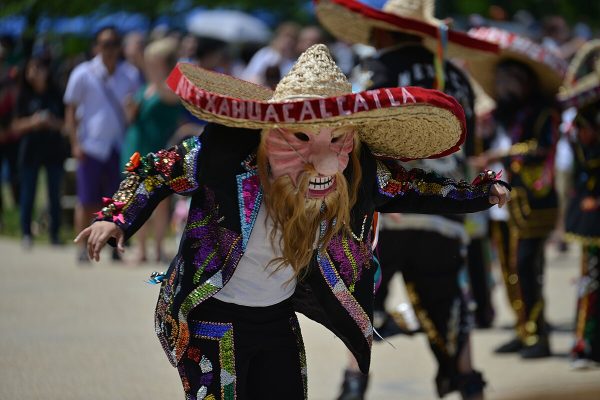No Favoritism in Schools
The 0 tolerance policy would give both of these students the same punishment no matter what the circumstance is. Whether the headlocker started the fight or the head-locked is losing his own battle, they will both be given the same sentence once word of the fight gets out.
The zero-tolerance policy is a rule kept by many schools that states that no matter the situation, both student parties involved in a conflict will be given the same punishment. Personally, in my opinion, the policy is useful to the school. However, there are some situations where it may be unfair to some students.
“I agree with the policy, but I also disagree because what if a kid was being violently aggressive in a fight and the other person was just trying to be funny? I think that the violent kid should have gotten a little bit more of a punishment because of what they did,” sophomore Noah Anderson said. “But yeah, I still agree with the zero-tolerance policy because, yes, one person did start it, and the other person did finish it. So, I think that they should both be in trouble.”
While this policy may sound like it is not fair, there are plenty of reasons it is still useful to the school and the student body alike. One of these reasons is the idea that with the policy, it is less likely for the parents of the students to complain since the idea of both students being punished the same may make it seem fairer.
“The term zero tolerance policy sounds very harsh when you are talking about disciplining or dealing with young students,” Dean of Students Cory Cripe said. “I don’t really like using the term zero-tolerance because, even though that gets thrown around a lot, we try to utilize a lot of resources in the dean’s office, guidance office, main office, and the special needs office in order to do what is right by the student or students involved in a particular situation. Each situation has its own story, so we try to look at all the issues.”
The good things are often looked over for the bad, and some bad things that come from this policy are that it frankly doesn’t make a lot of sense. If someone is attacked and decides to fight back, they will be given the exact same punishment. This could cause uneasiness and more fights between students, although this is likely not to be the case all of the time.
“One time in 8th grade, there was a dude who was talking smack to me, and he ended up stopping and tripping me,” sophomore Jakson Combs said. ” So, I gave him a little push. So, he pushed me back and started pounding my head against a locker, and I made eye contact with a teacher and just put my hands up and I ended up getting ISS for three days anyways because of that policy.”
With multiple fights happening throughout the year, there are even more student altercations. There are, of course, many students that think it is dumb or ridiculous that they got in trouble as well. However, this is the attitude that in my opinion sparks the need for the policy. People that believe that they should not get in trouble are the ones that are more likely to do it again.
In all honesty, even though the policy may not make sense in some scenarios, in my opinion, the good outweighs the bad, as it does still provide a large amount of security and could invoke some sense of fear in the students that have been affected by it previously.
“I understand why the policy is in place, but still I think it doesn’t help the situation at all because students are still going to fight,” Combs said.
Your donation will support the student journalists of Logansport High School. Your contribution will allow us to purchase equipment and cover our annual website hosting costs.
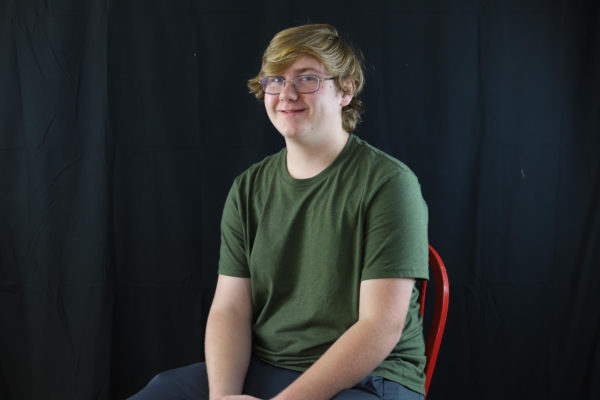
Benjamin Atkinson is a reporter and photographer on the LHS Magpie. He enjoys writing mainly opinion and news articles. He is involved in the school's...

Senior Jennifer Anaya-Serrano has been a part of the Magpie staff since 2021, starting off as a photographer and bettering her way to become Photo Editor....

